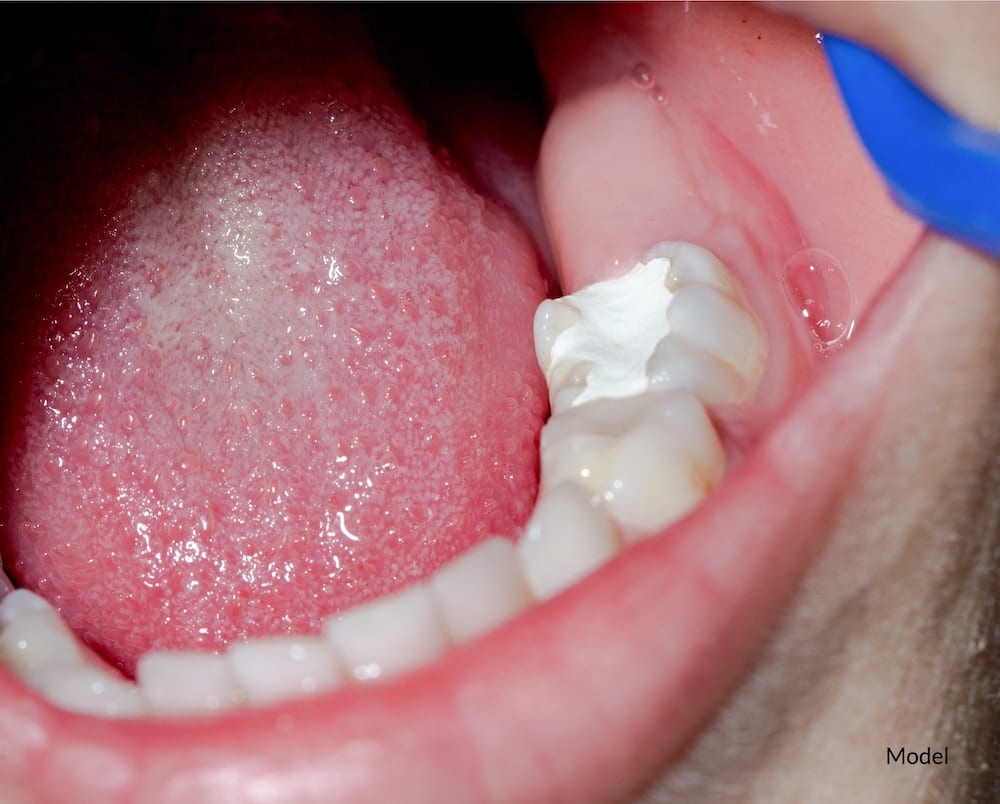Posted May 27, 2020 in Fillings
3 Minute Read:
Most people will end up getting dental fillings at some point in their lifetime. With over 92 percent of adults developing cavities, fillings are simply a part of keeping tooth decay at bay.

Fillings are a practical option for stopping cavities in their tracks and protecting teeth from further damage. Unfortunately, concerns about the metals commonly used for filings, like silver, may cause some patients to hesitate in receiving the treatment they need.
Knowing more about how fillings work can help patients prepare for their procedure and ensure the best results. There are also alternatives to traditional silver amalgam fillings, such as dental bonding, patients can learn about and pursue.
Fill In on Dental Filling Facts
The phrase “knowledge is power” is a motto to live by, particularly when it comes to dental health. Knowing more about the dental services you might need is a great way to prepare before undergoing any procedure.
Fillings are a widely used method to fill in cavities in teeth, preventing them from growing larger and making teeth stronger in the process.
They can be made from several materials, such as:
- Metals, such as gold or silver
- Porcelain
- Specialized glass
- Composite metals
- Composite porcelains and resins
- Amalgam fillings
Different types of fillings vary on cost, so knowing the various options can help patients plan out how to finance their dental treatment more effectively.
There are also alternatives to fillings available that can provide the same results. Gentle Care Dentistry offers alternatives to traditional metal fillings, including dental bonding and white fillings:
Dental Bonding
The dental bonding techniques used a composite resin to fill cracks and cavities inside teeth. The process involved is painless and often much faster than regular fillings.
White Fillings
True to their name, these fillings closely match the color of your teeth, correcting cavities while also maintaining aesthetic appearance.
Create a Treatment Plan
Once your dentist determines you need fillings, they can help you develop a plan for treatment, which is an essential part of ensuring the entire process goes as smoothly as possible.
A treatment plan in place clarifies things for both patient and dentist. With a plan, a dentist knows exactly where the concerns are and how to treat them effectively. The patient, in turn, is more aware of what exact dental work is happening, where it is happening, and what effects it will have on their oral health.
To form a good plan of action around getting fillings, it is helpful to know more about how it is done. Typically, the process goes as follows:
- Step 1: Your dentist numbs your teeth, gums and surrounding skin
- Step 2: The cavity or decay is drilled out.
- Step 3: The filling is inserted.
Dental bonding offers a similar process, but resin is attached to the target area instead of a filling. This resin is then molded into the desired shape and hardened under ultraviolet light before the entire surface is polished.
Creating a dental treatment plan helps the patient better manage the time and costs associated with their dental care. By knowing what step comes next on their treatment plan, a patient can be prepared to ask for the time off needed or save up the money necessary for the rest of their treatment.
Want to Learn More?
If you have questions about dental fillings and alternatives in Las Cruces, New Mexico, contact Gentle Care Dentistry at 575-524-3722 or use our contact form online to schedule a consultation.